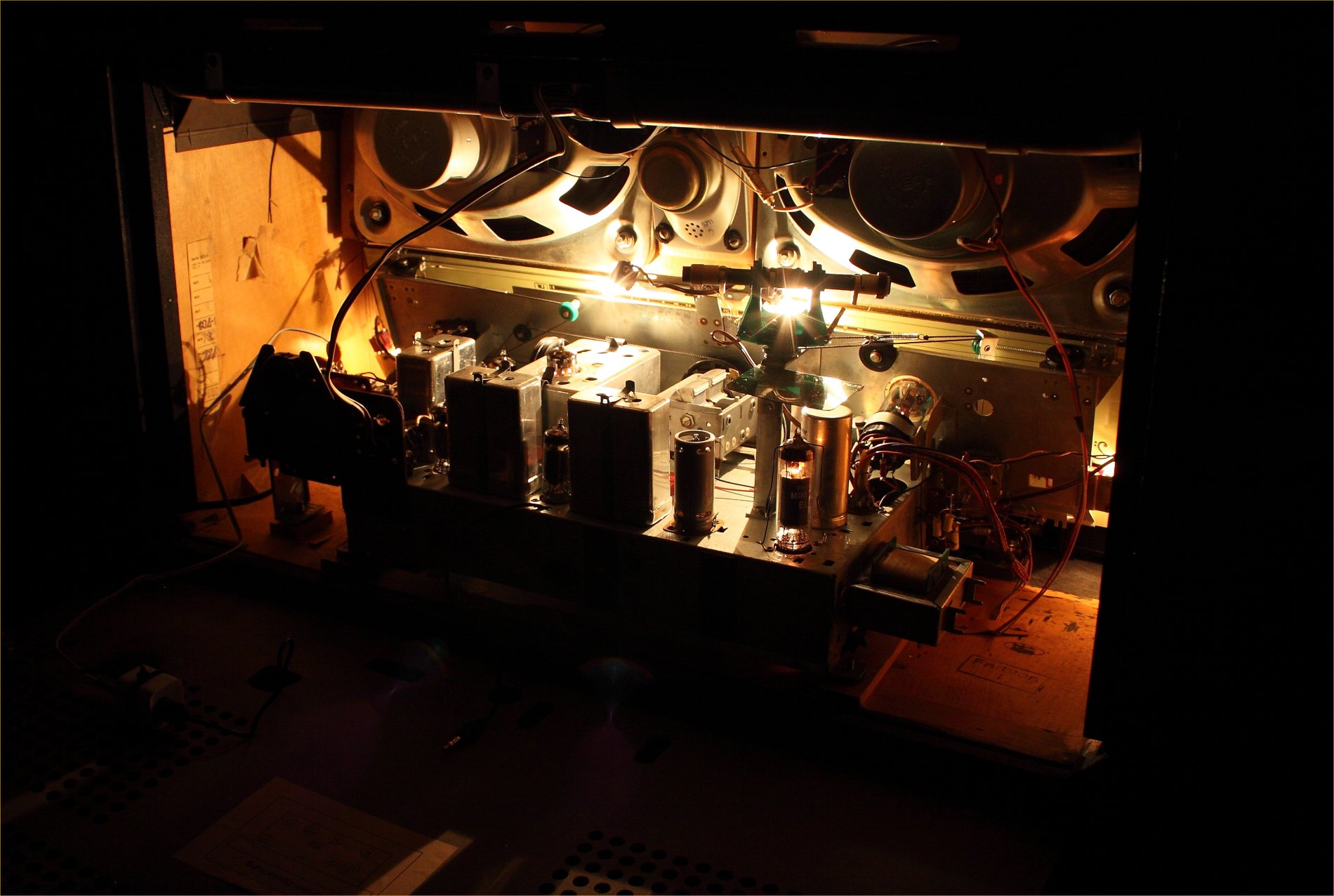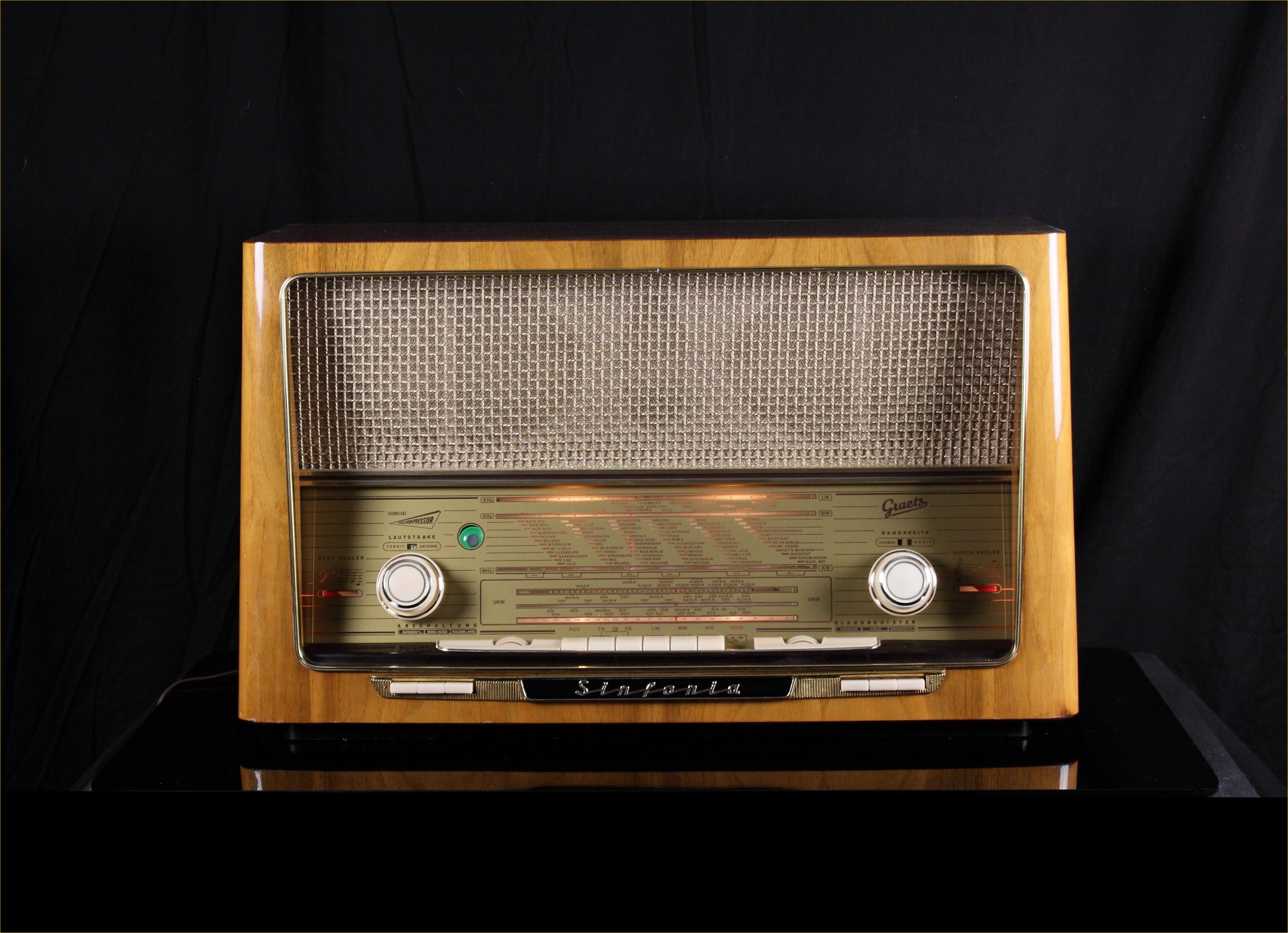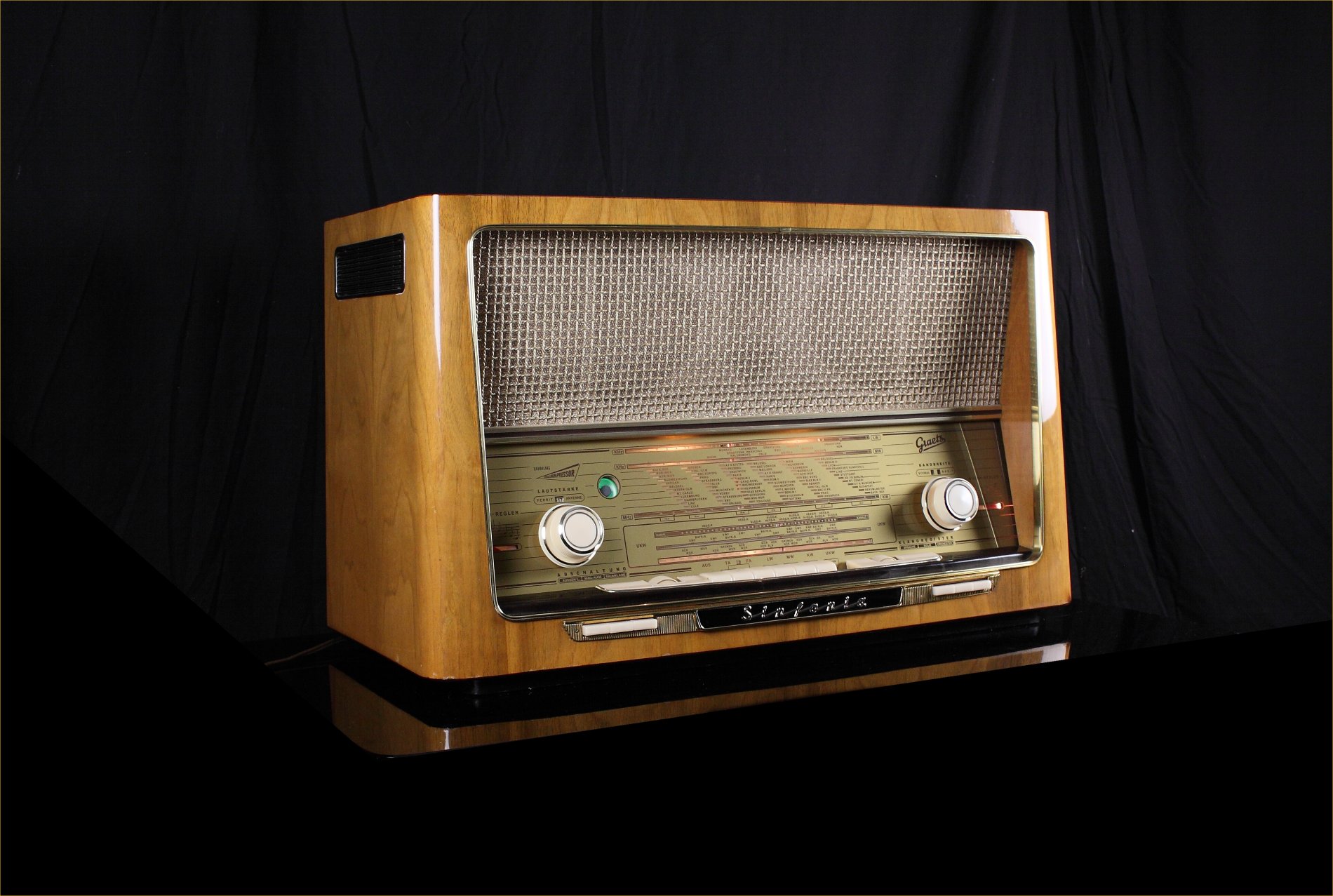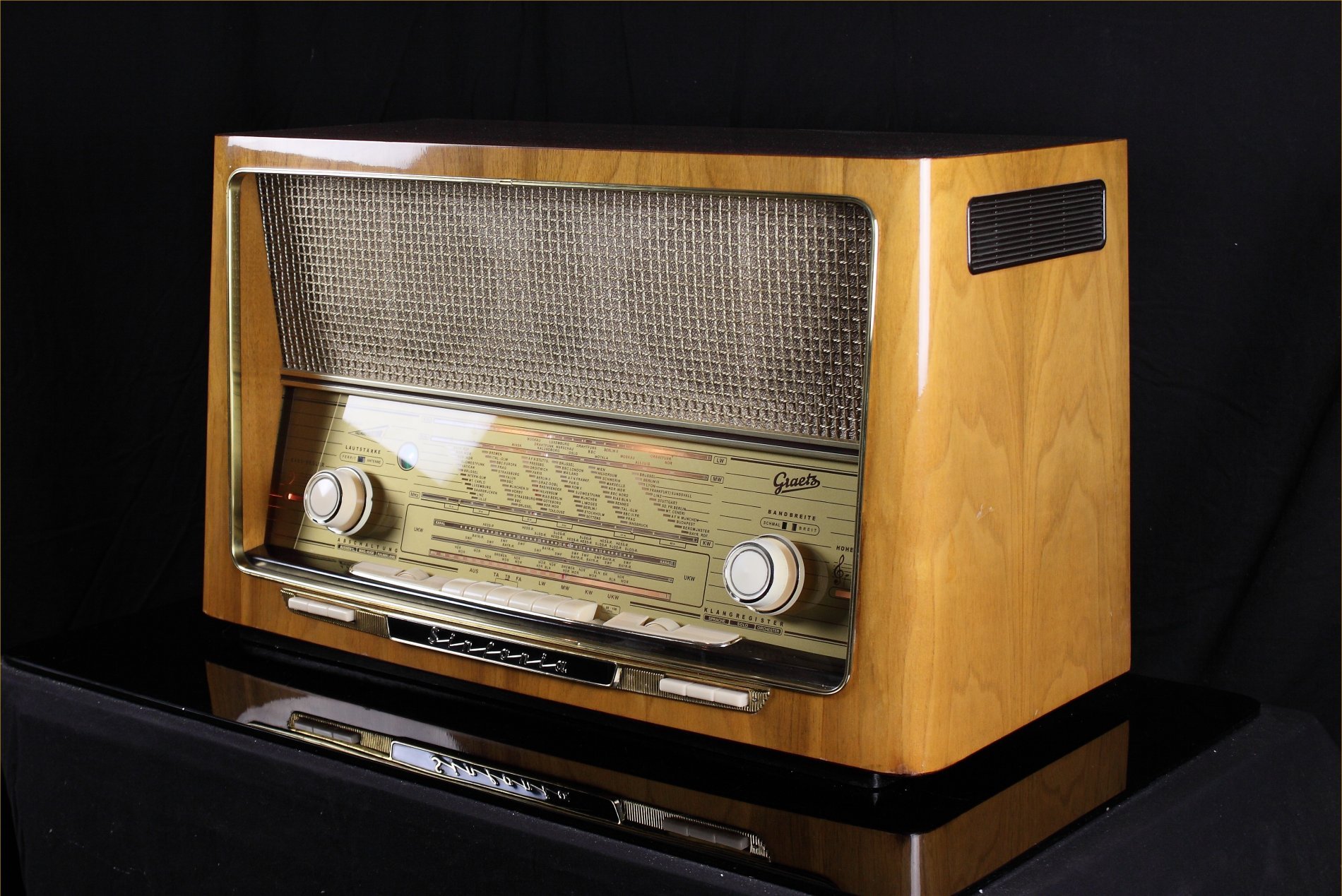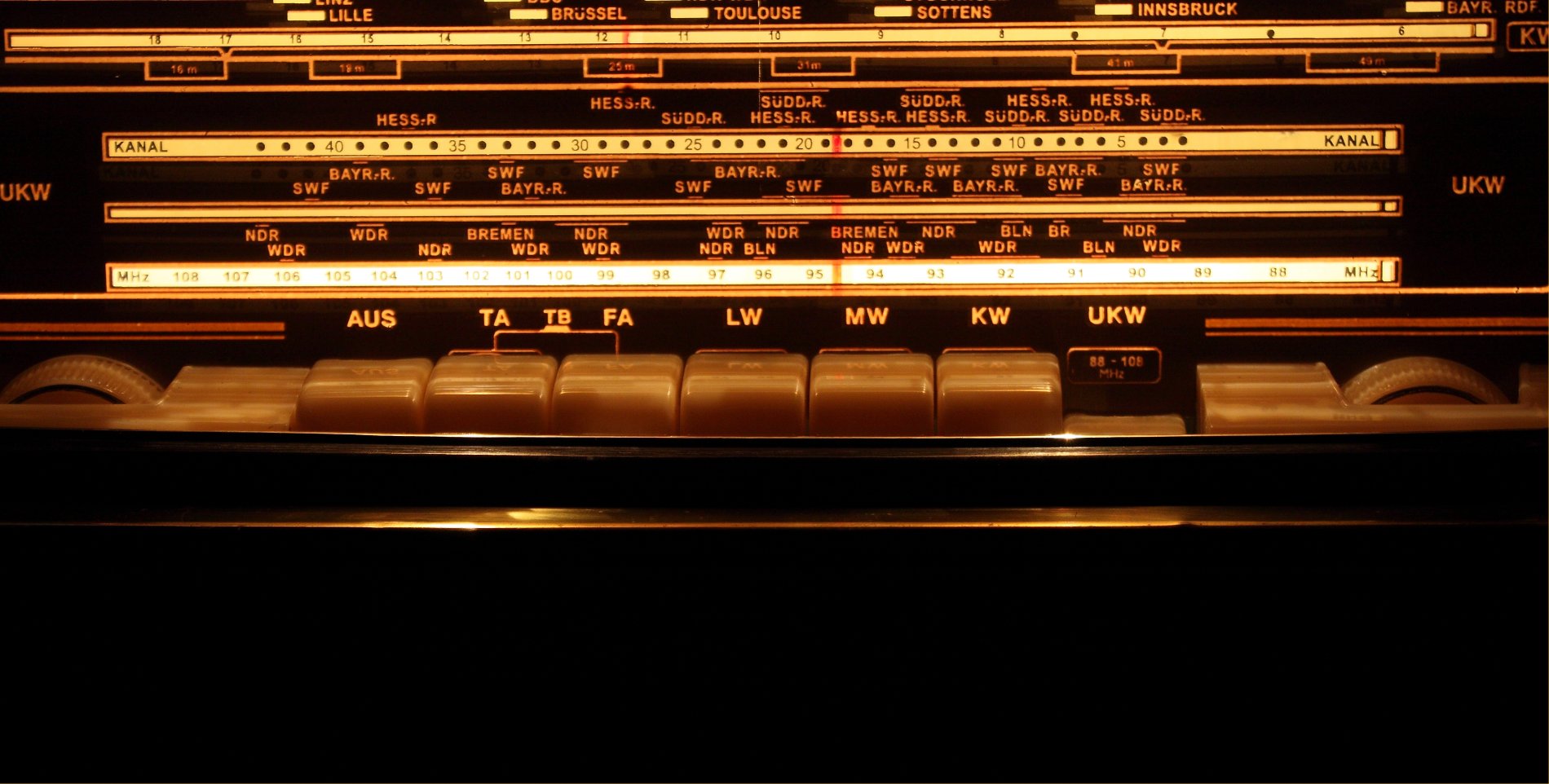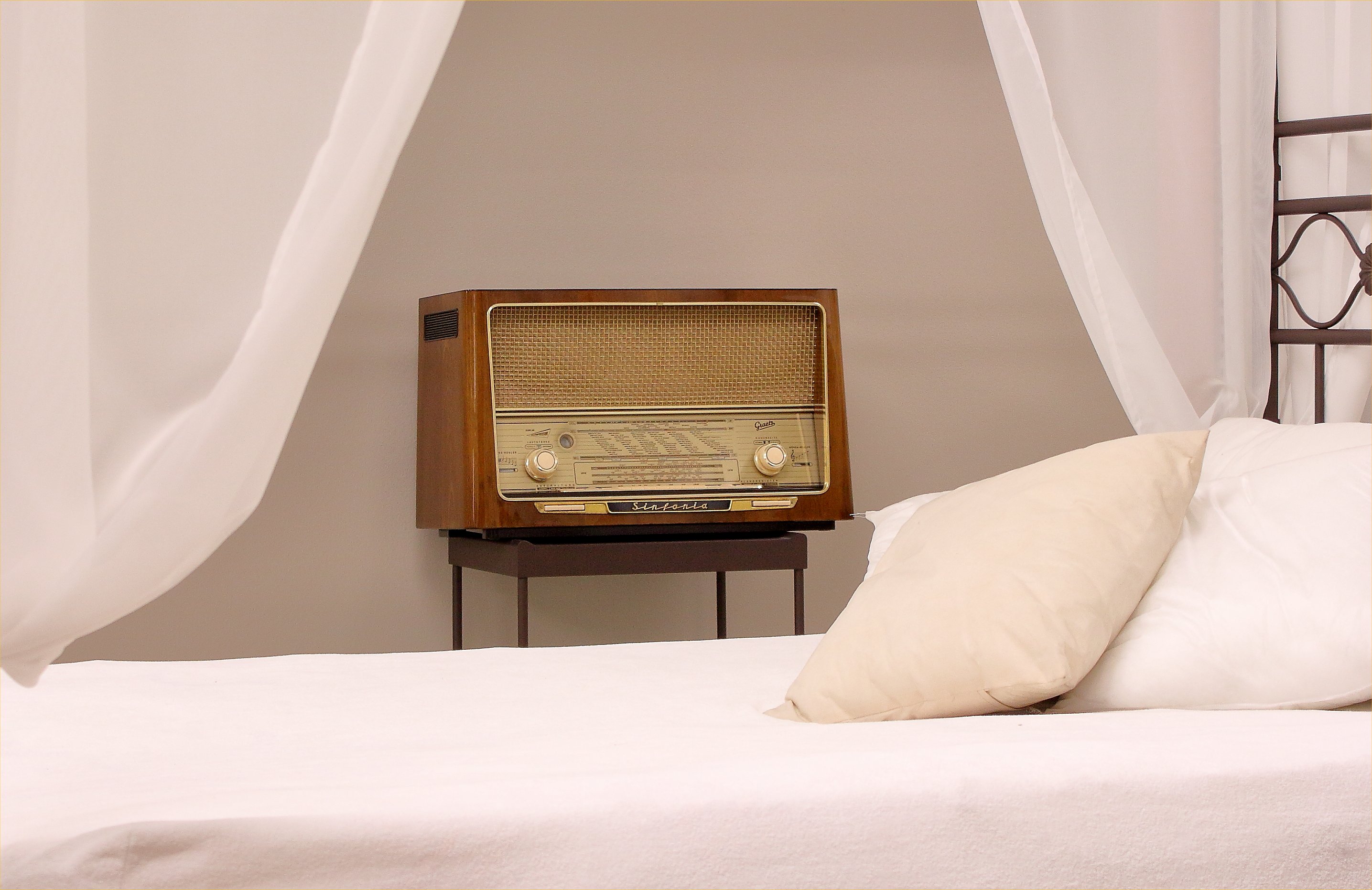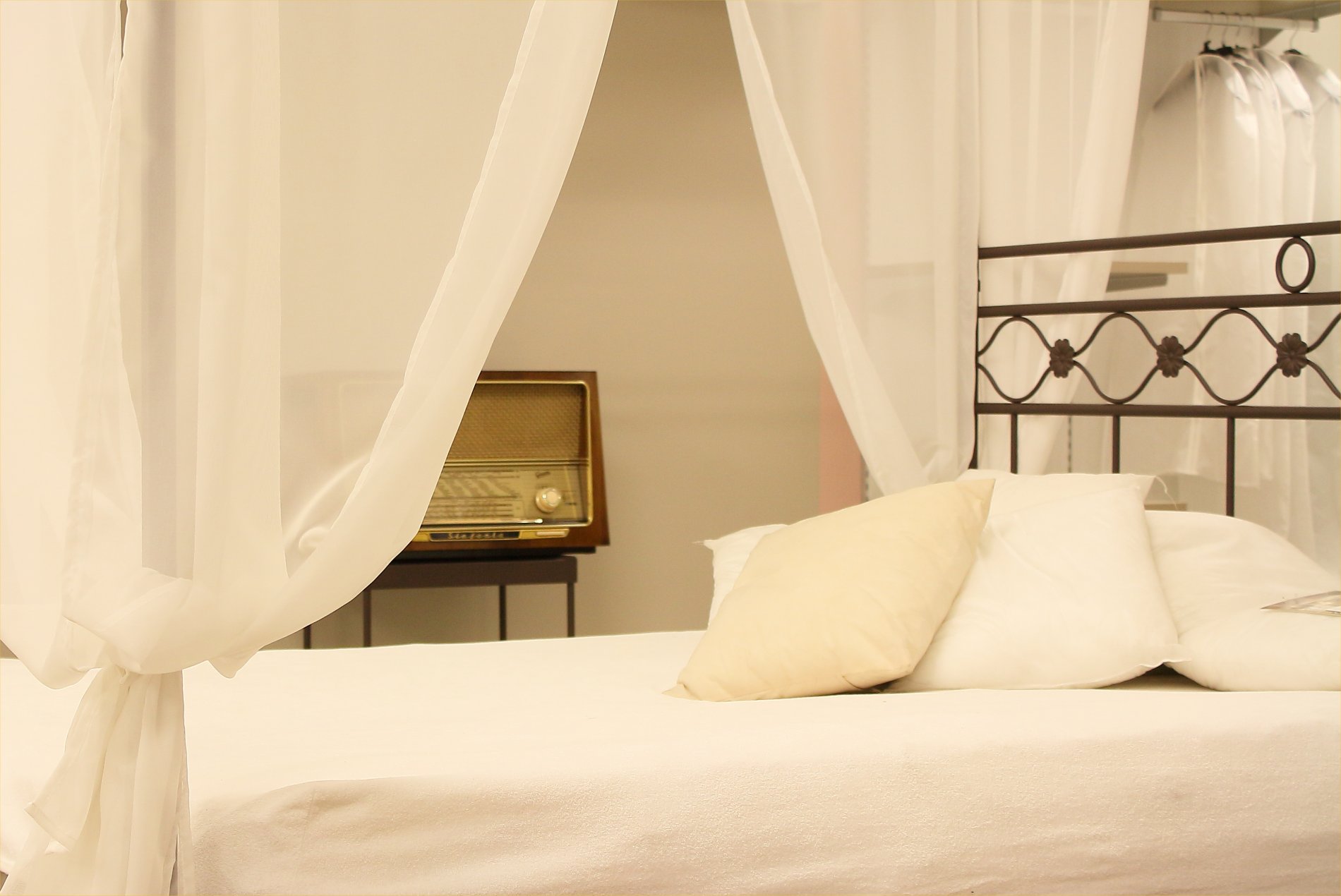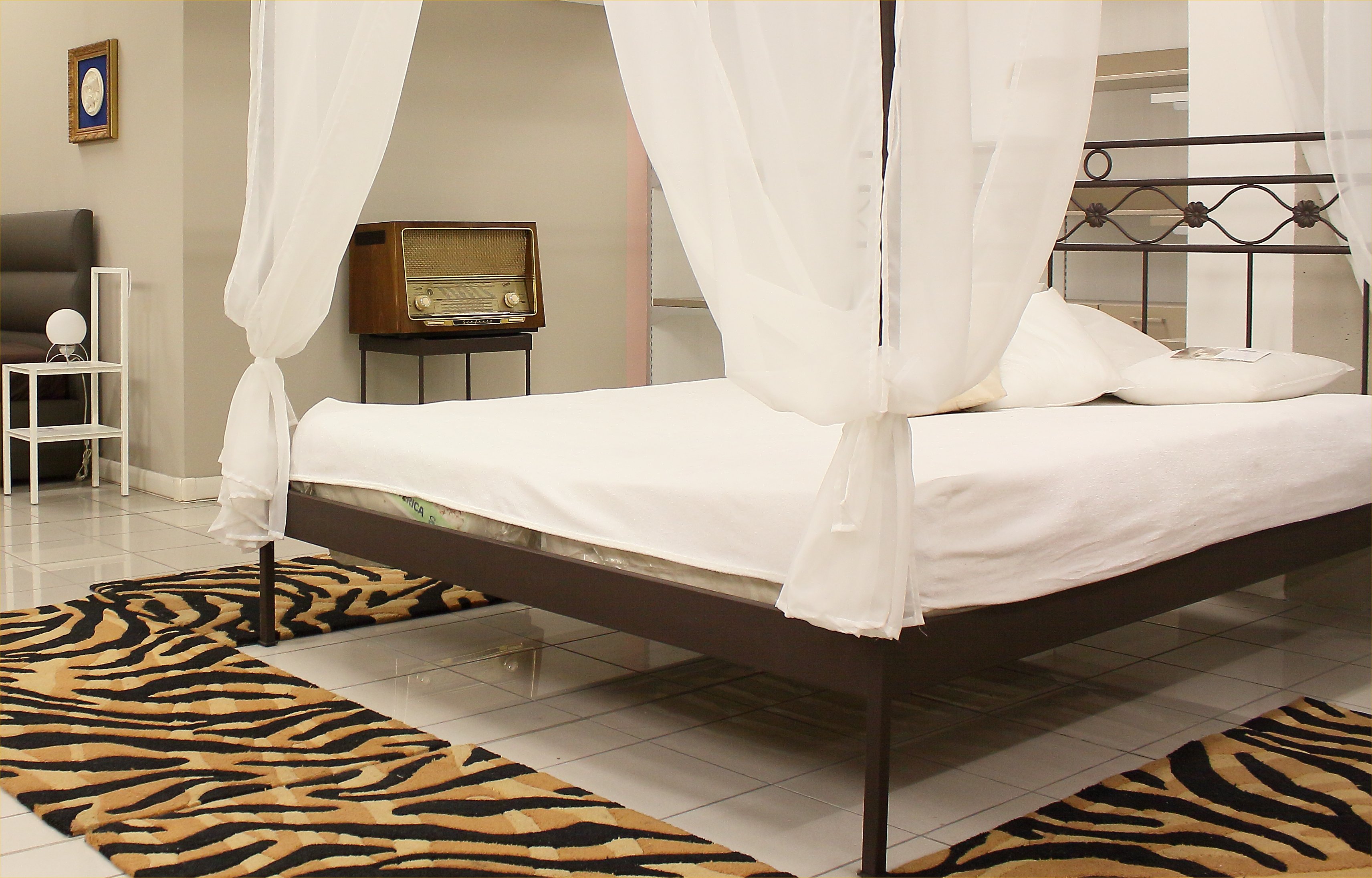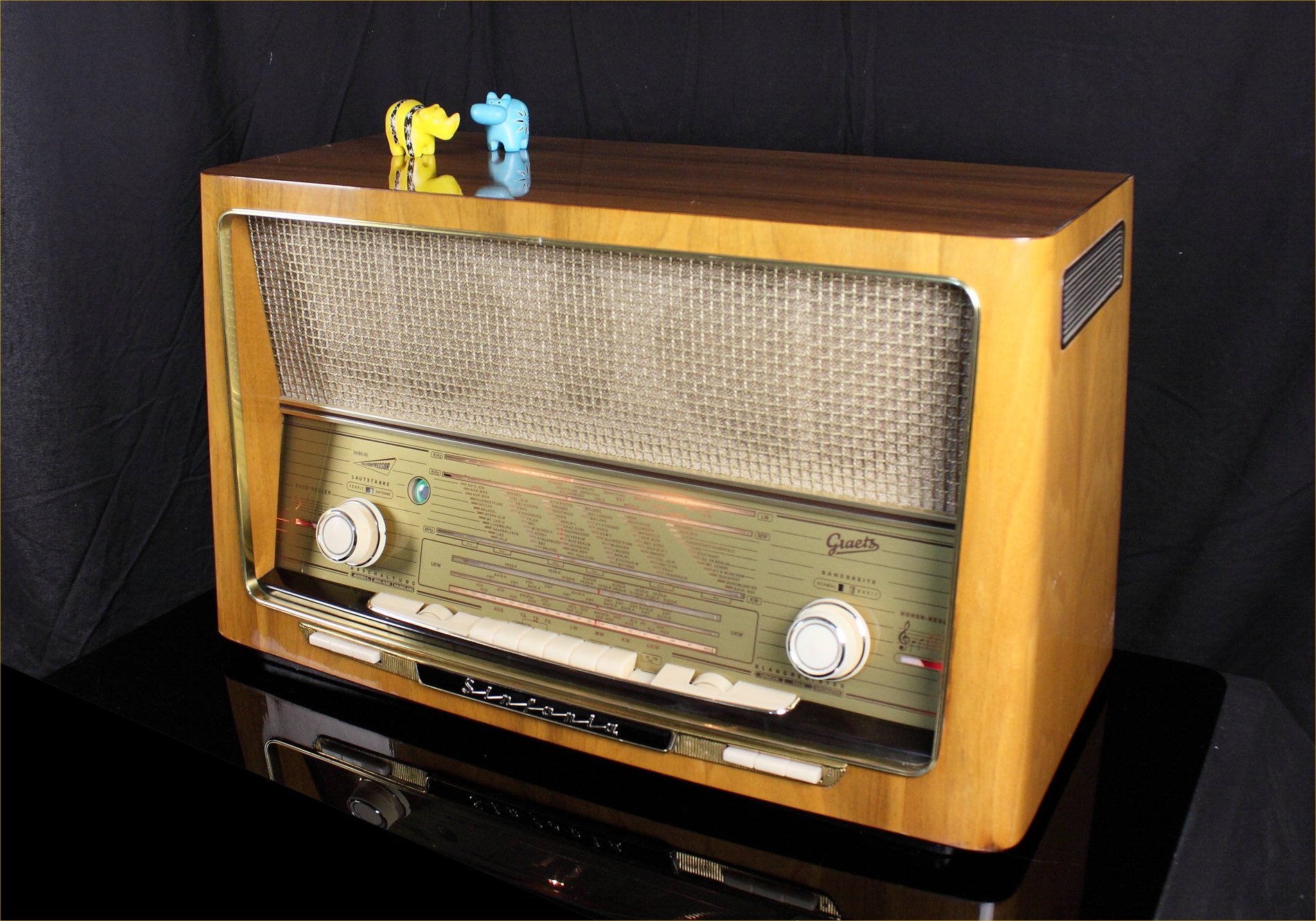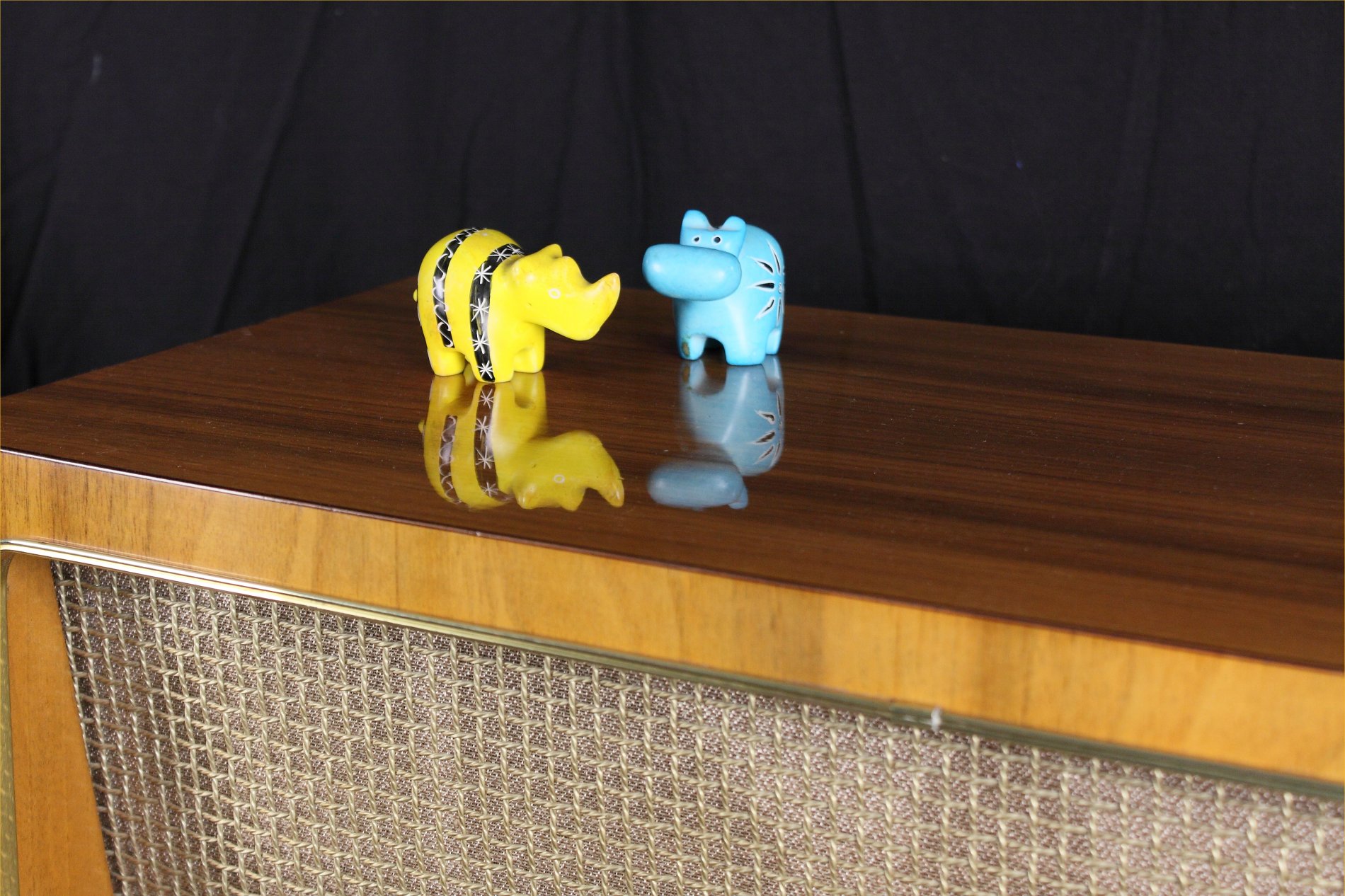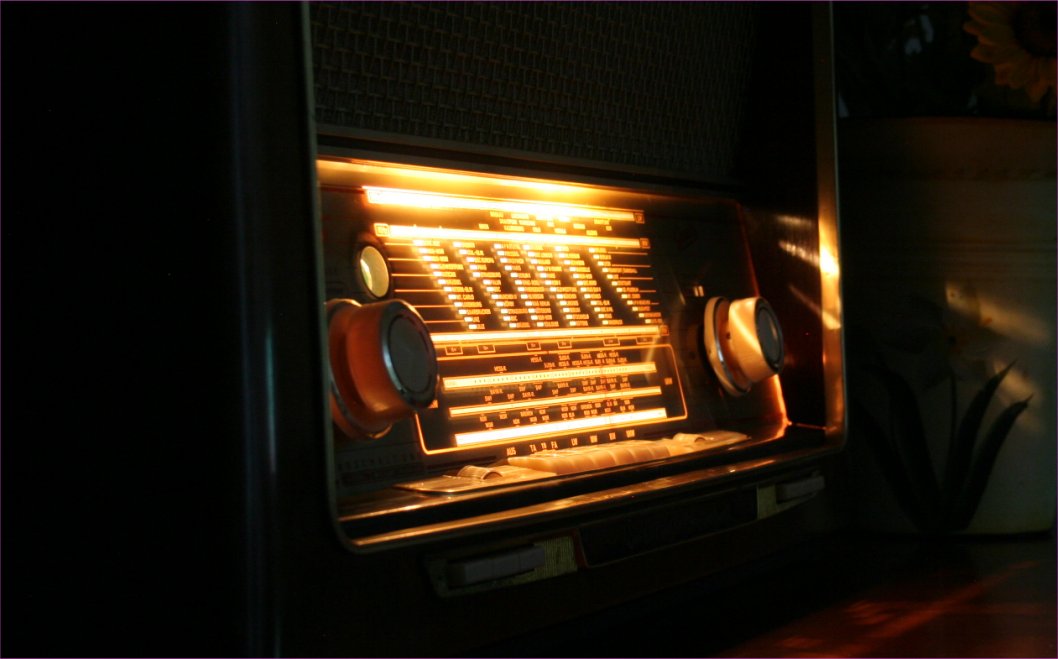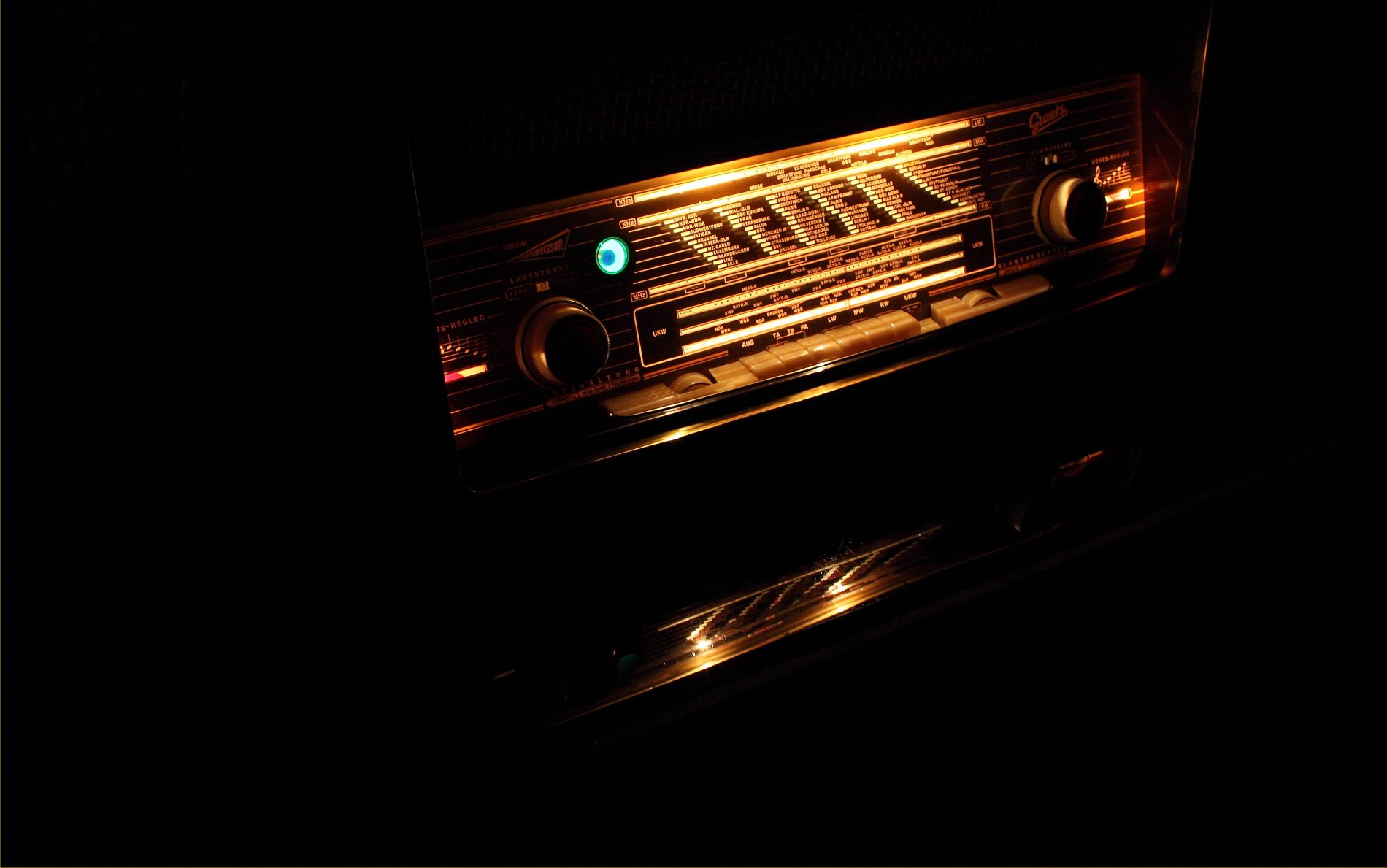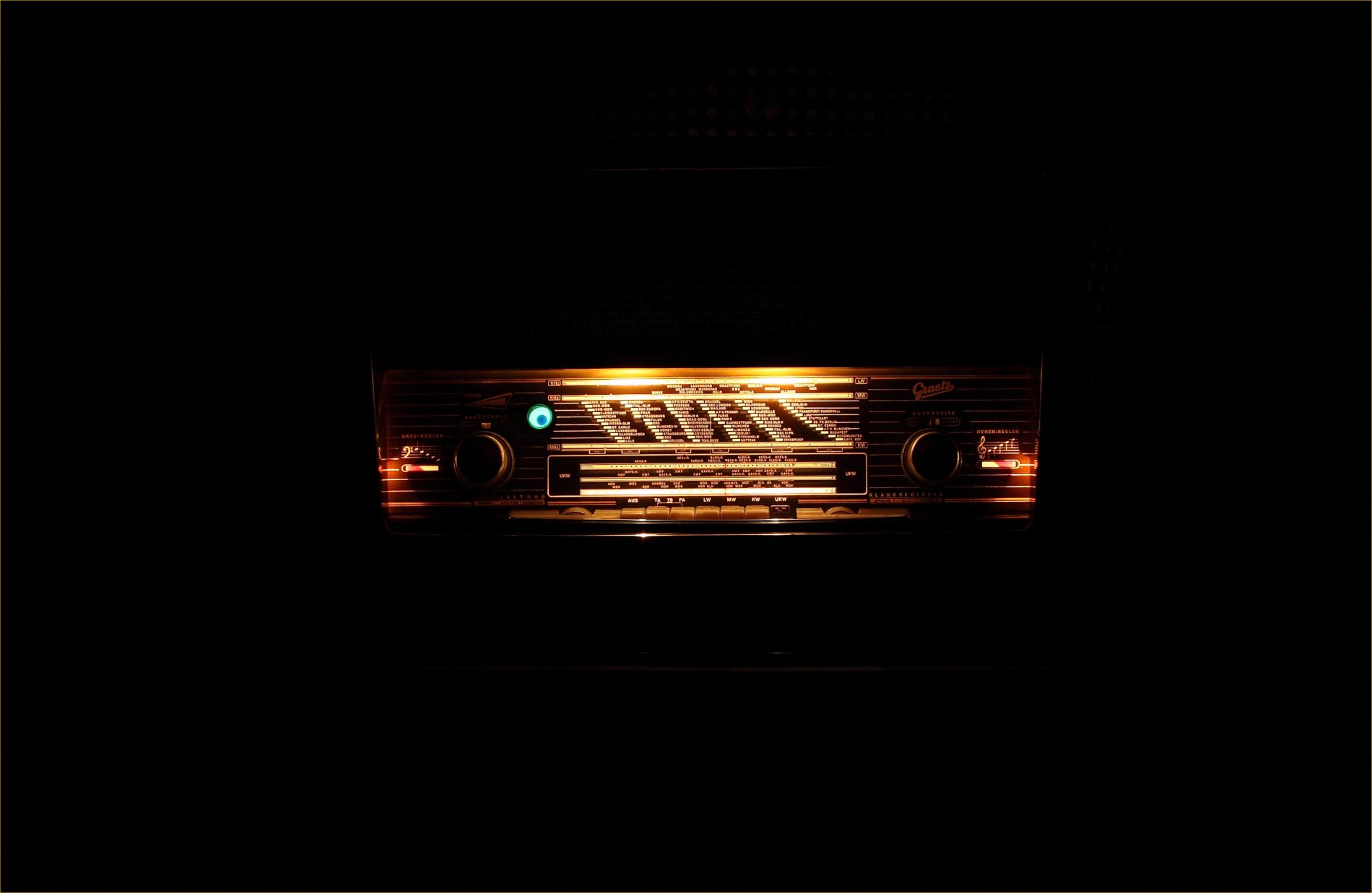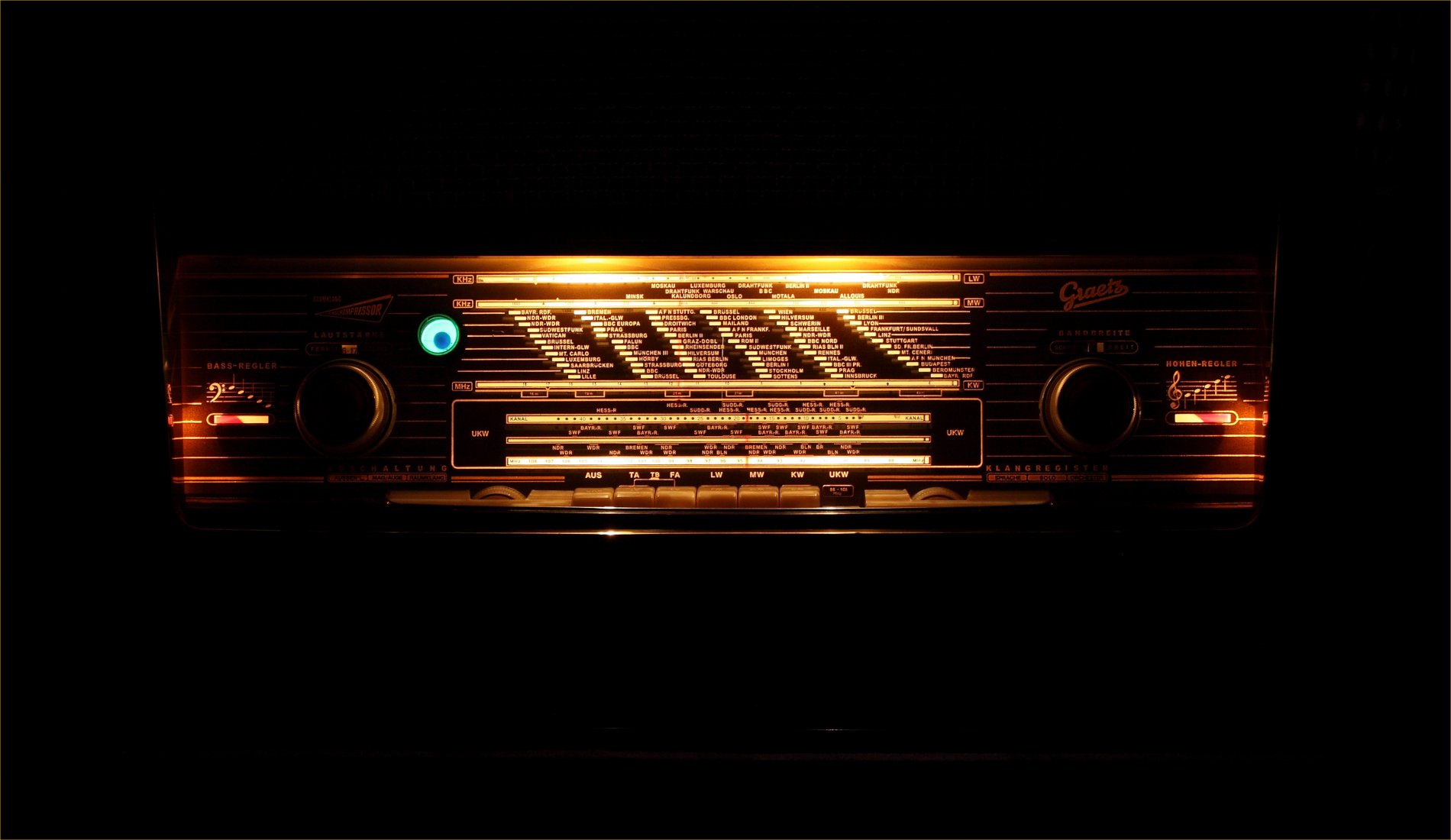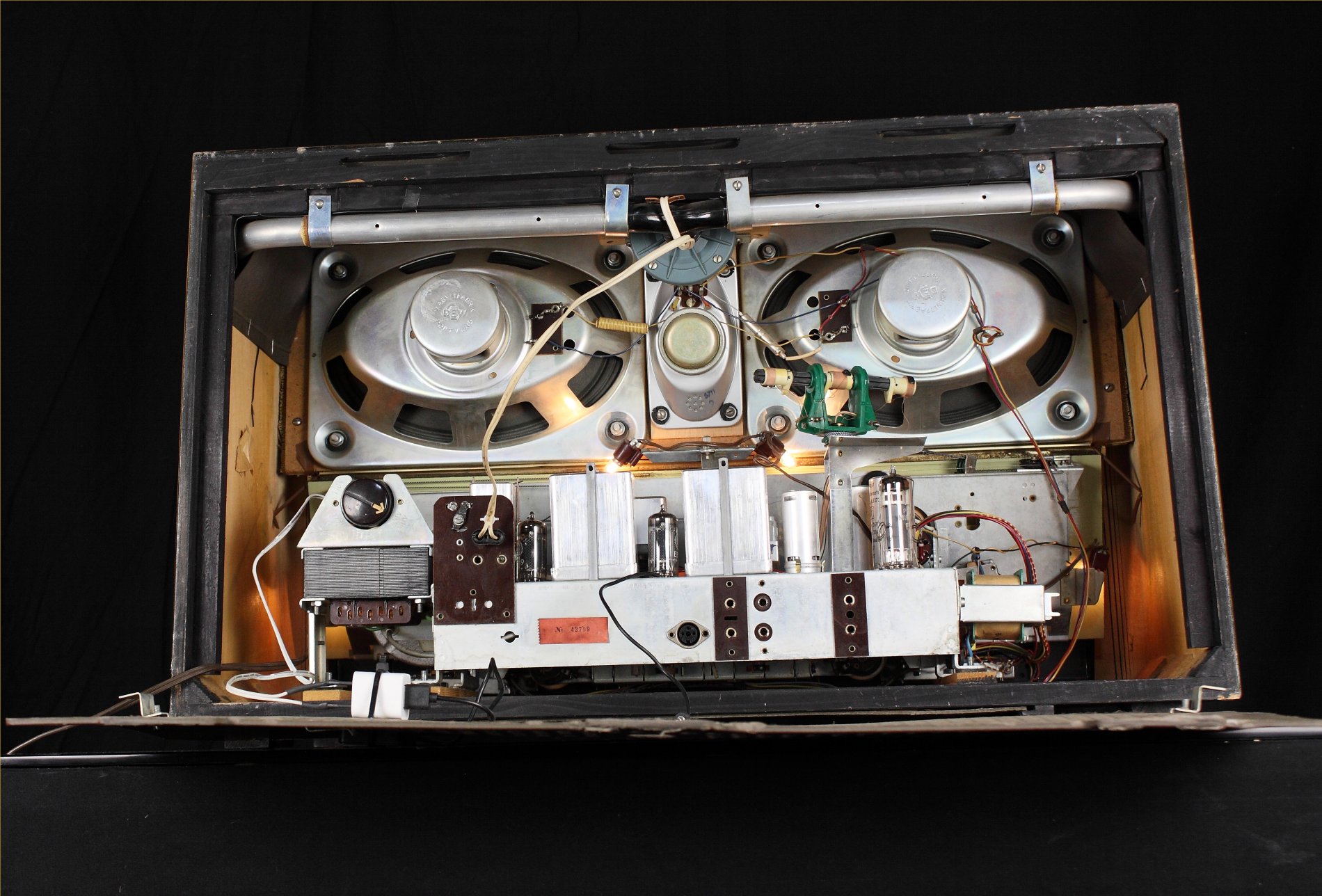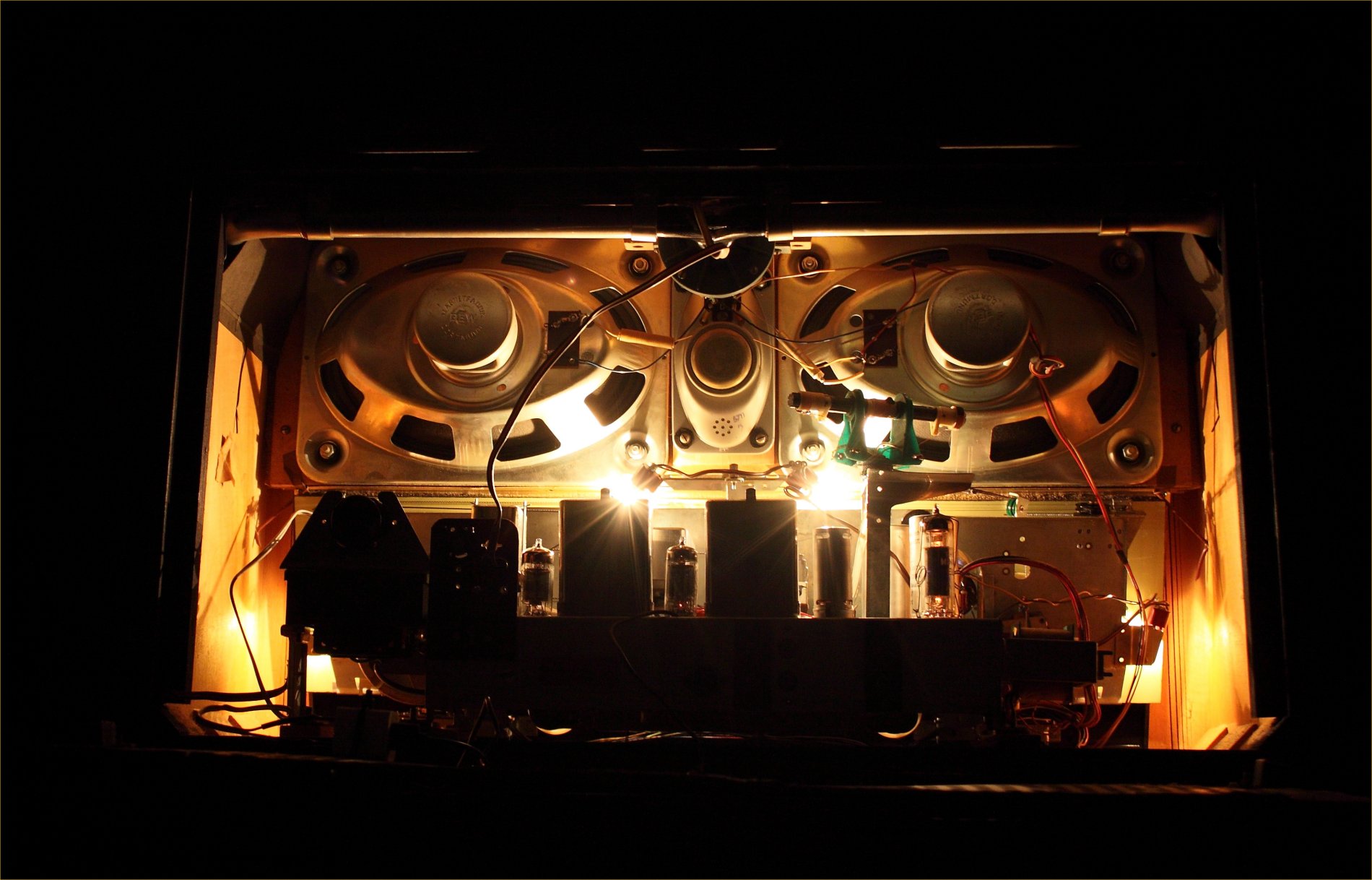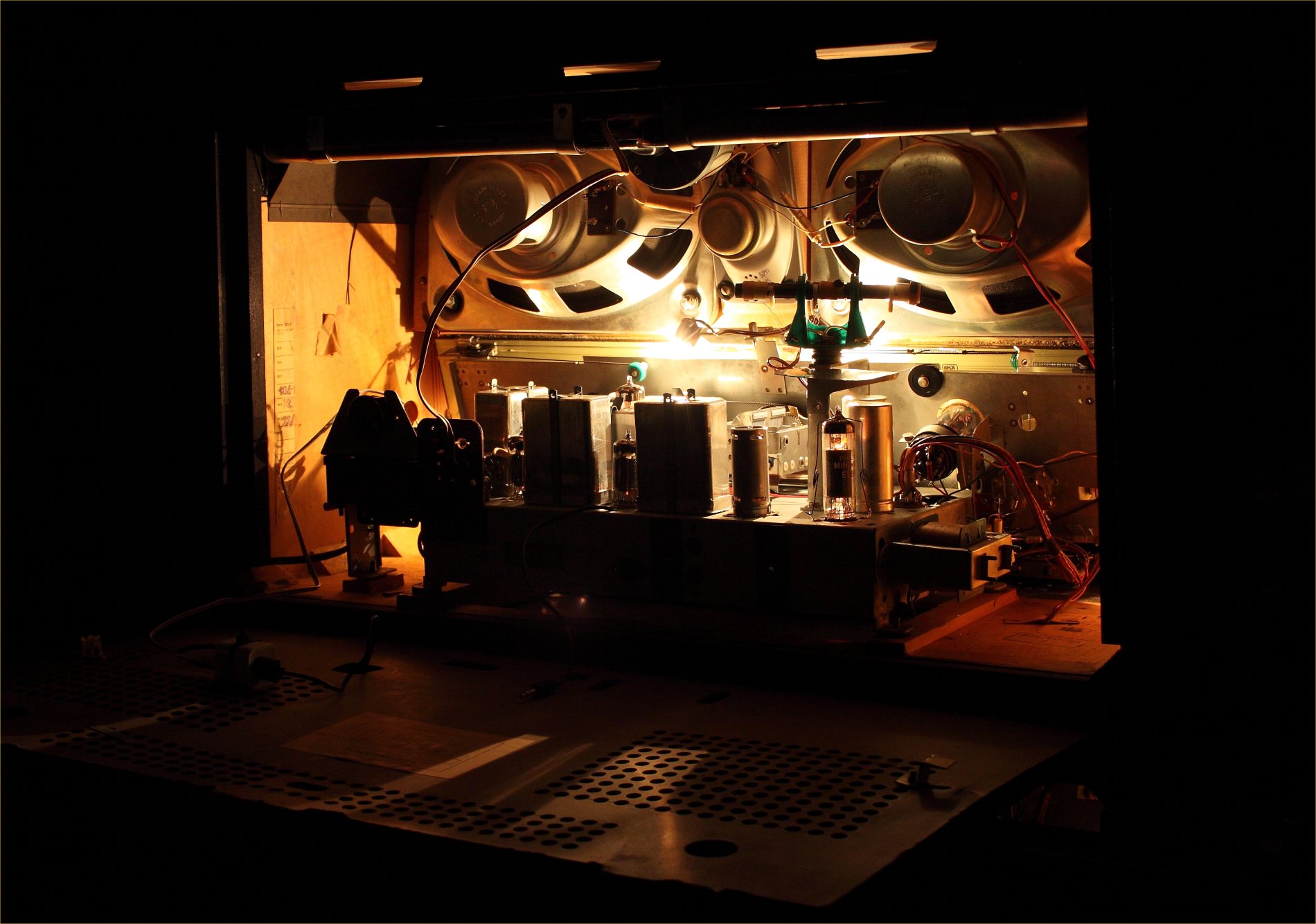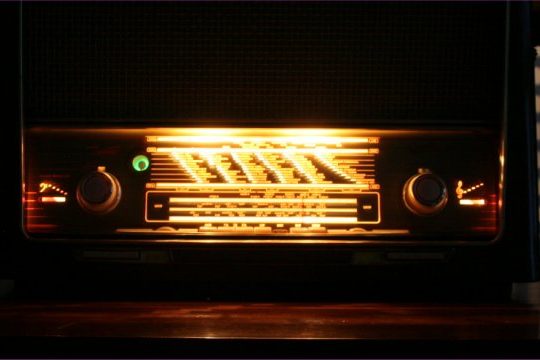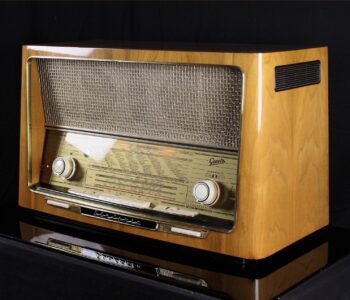 german radios - fr
german radios - fr
Graetz Sinfonia 522 (88 – 108 MHz) – fr
- 22nd mars 202422nd mars 2024
- par giovanni
GRAETZ SINFONIA 522
From World War II until the 1960s, Graetz was considered one of the most prestigious radio manufacturers, although it never achieved high sales performance due to the high cost and economic conditions of Europe at that time.
Graetz devices have always been appreciated both for their refined and elegant finish but above all, for the constant search for innovative acoustic solutions and the related patents.
The Sinfonia series is the most prestigious Graetz production with a class A final stage.
Among these, the SINFONIA 522 is the last one equipped with Raumklang mit Schallkompressor (Surround sound with Compressor). Subsequent models, certainly for economic reasons, will be deprived of this ingenious, but expensive, sound diffusion system.
The Schallkompressor will be described in depth later on the page, suffice it to say for now that some speakers spread the sound through a specially designed path which made it impossible to locate exactly where the sound was coming from, making listening exactly identical in all points of a room .
The medium-high tones spread in all directions through the grille, which looks like a simple decoration, placed on the upper side of the cabinet.
The resulting effect is exciting, a sweetness of the high tones deriving from the front cone tweeter, combined with a depth of the bass caused by the muscles of the two large woofers, with a breadth of the sound image, deriving from the compressed flute supertweeter, which has no equal in monophonic devices.
I'm not talking about high fidelity of course, but about very pleasant sonic rapture.
Graetz had 4 lines of devices with ShallKompressor:
- Music (the smallest, 1 woofer, 1 mid, 1 tweeter)
- the Melody (the medium, 2 woofers, 1 mid, 1 tweeter)
- the Sinfonia (the big one, 2 bigger woofers, 1 mid elliptical, 1 elliptical tweeter)
- the Fantasia (like the Symphony but with 2 EL95 power amps instead of one EL84)
Great radios, with a very pleasant sound, to listen to for hours.
This is the most aesthetically beautiful sound compressor device produced by Graetz in 1958
FM FREQUENCY RANGE
FM frequency range widened from 88 up to 108 MHz
BLUETOOTH
Bluetooth receiver embed
MULTI PLATFORM CONNECTION
Each radio is equipped with a cable for connection to any digital device.
ELABORAZIONI TUBESOUND
- FM frequency range winded from 88 up to 108 MHz - The tube radios produced in Germany in the years 50/60 are famous worldwide for their excellent sound quality, the beauty of their furniture, their strength and for their construction standards without compromise. Unfortunately the FM band extending from 87.5 to 100 MHz for which are scarcely usable in most cases. After careful study and a lot of tests we were able to obtain a frequency range by this unit from 88 to 108 MHz . We have also reconstructed a display exactly identical to the original, made with the same materials and the same techniques, but with the new frequency span. The result is perfect. An original device, but with the ability to listen all stations in any country.
– Bluetooth receiver embed – The unit is equipped with a BLUETOOTH receiver powered directly by the receiver power supply. This makes it possible to control the amplifier from any external digital device as an IPAD, a Smartphone, or a sophisticated multimedia station. So you can hear your preferred web station or your lossesless file without cables on the room. Wireless Receiver can be equipped upon requests.
– Multi Platform Connection – A customized adaptation cable to connect any digital device as Iphone, Smartphone, Laptop, CD Player etc. will be provided with this radio. This special cable suits the different impedances between the modern equipment and the receiver. Furthermore the two stereo channels flow into one without increasing the load to the input unit.


HISTORY
The Ehrich & Graetz metalworks was a factory established in 1866 in Berlin by Albert Graetz (1831–1901) and the tradesman Emil Ehrich (died 1887) under the name “Lampen-Fabrik Ehrich & Graetz OHG” (E&G).
By 1897 the firm was controlled by Albert’s sons, Max Graetz, and Adolf Graetz. The company grew rapidly, and in 1899 a factory complex were built in Berlin, in the United States, France, the UK, and Bombay.
Around 1910-1916 Max Graetz developed the famous Petromax Lantern. Around 1925 the factory also produced radios, and other electrical appliances under the name Graetzor.
In the Second World War, just as in the First World War, the company was part of the war industry. With the use of forced laborers from France, Russia, and the Netherlands the company made huge gains in production.
At the end of April 1945 the factory was claimed by the Russian army.
In 1949 the firm became part of the “peoples” program, “VEB-VolksEigenerBetrieb” and since 1950 “VEB Fernmeldewerk, Berlin Treptow (RFFT).” VolksEigenerBetrieb, means that the factory was owned by the people for the people (Communism).
In 1948 Erich, and Fritz Graetz founded a new company in Altena, Germany known by the name The Graetz Firm, which was successor to the lost family company in Berlin. The new company produced mainly radios, and televisions.
In 1961 the company was then sold to Standard Elektrik Lorenz (SEL) AG, but since 1987 has been to the present owned by the Finnish company Nokia.
MAIN FEATURES
Year of production: 1957/59
Superheterodyne IF 468/10700
8 AM Circuits 13 FM Circuits
Wavebands: Medium Waves (OM), Long Waves (OL),Short waves (OC), FM (UKW) 88-108 MHz
Loudspeakers:
2 largabanda ellittici
1 mid/tweeter
1 horn tweeter with flutes
Dimensions (LHD): 680 x 400 x 305 mm / 26.8 x 15.7 x 12 inch
Net weight: 16 kg / 35.242 lb
7 tubes: ECC85, ECH81, 2xEF89, EABC80, EL84, EM34
Rotating ferrite antenna for AM bands
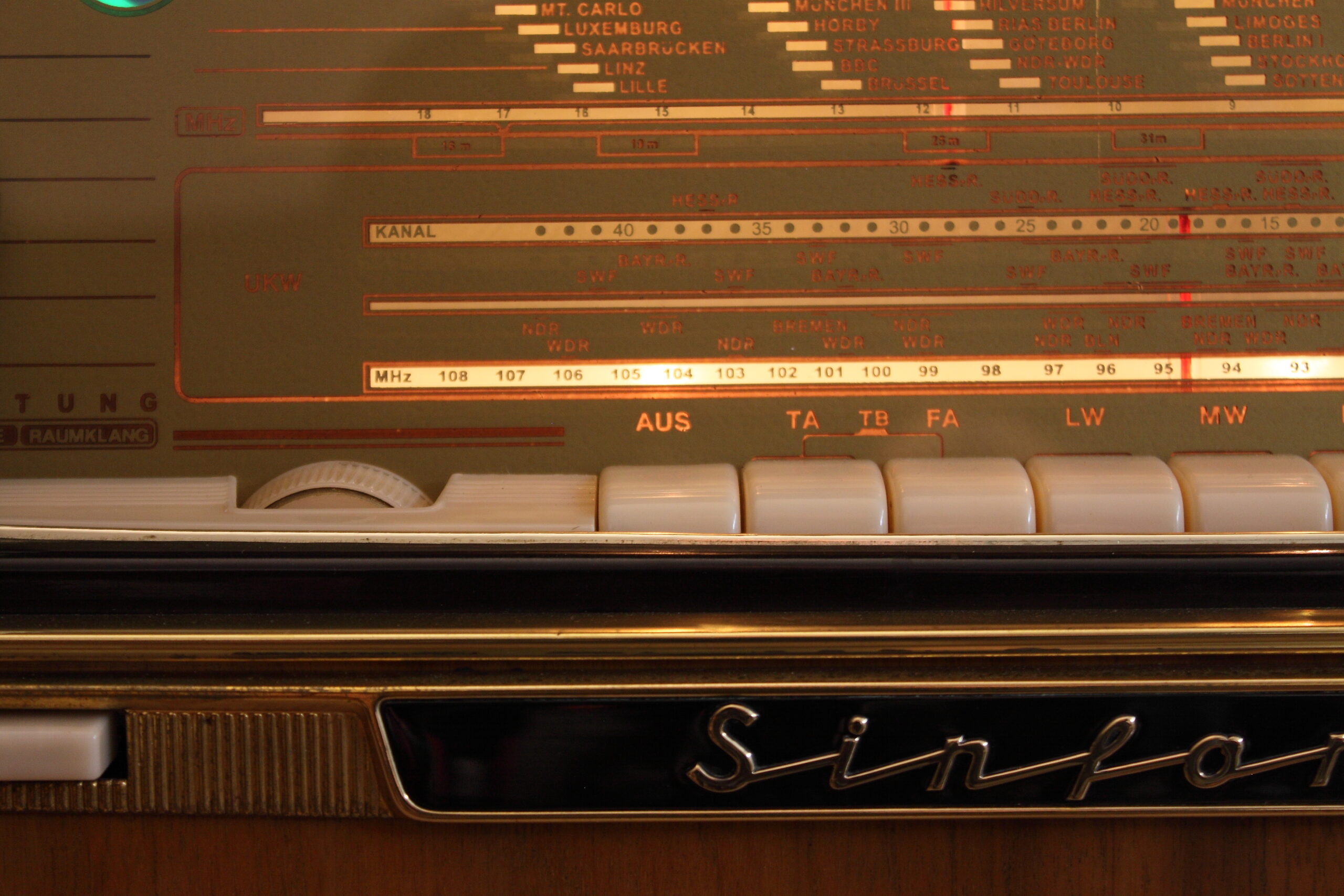

In the natural evolution of the Sinfonia at Graetz model they began to use horn loudspeakers.
Horn speakers have the advantage of having a very small and light membrane. This translates into an ability to reach very high frequencies with very low distortion.
Like all musical instruments, this type of speaker is composed of a sound generator and a resonator. In a violin the strings vibrate and emit the sound, but it is the sound box that amplifies and colors it.
In horn speakers the small and very light membrane vibrates and then the horn amplifies, and sometimes modifies, the sound.
The trumpet has the disadvantage of being highly directive. A few cm from its axis the intensity of the sound changes considerably. The horn system, although very efficient and with low distortion, is not suitable
Graetz engineers preferred a tuned pipe instead of the horn due to its greater directionality characteristics.
The pressure of the sound wave goes with the square of the ratio between diameter and length of the tube. For this reason at Graetz they talk about a sound compressor.
So from the small emission of the cone membrane a large sound radiation is obtained at the exit of the tubes.
Furthermore, since the ratio between length and diameter of the pipe is very large, propagation similar to propagation on a duct of infinite length is obtained. The output slots are placed at different distances to achieve this non-resonant effect. The equivalent scheme is that of an LC circuit where the holes behave like inductors.
The result of this characteristic, combined with the particular shape and position of the sound output slots, is that the resonance frequency is around 12 kHz and this system is made to work in the range from 700 Hz to 10 kHz, precisely where the maximum sensitivity of the human ear, and where the voice and almost all musical instruments are located.
In addition to the advantages of absence of distortion and efficiency, the absence of resonances results in a notable softness of listening.
Lastly, this duct produces a slight delay, of a few ms, which by inducing a minimum natural reverberation obtains as a final effect that scenic depth which makes this device incredibly satisfying to listen to, despite being monophonic.
LOUDSPEAKERS
As previously mentioned, Schallkompressor means Surround Sound with Compressor.
I would like to point out that this company applied these concepts and these solutions (surround, sound compression) to commercial equipment, and it was 1958.
As everyone now knows, bass notes by their nature spread omnidirectionally in the environment, so it is rather difficult to locate a subwoofer with your eyes closed.
The speakers that spread the high notes, on the other hand, are extremely directive, so their positioning in relation to the listening position is very critical, so it is enough to move a little from the intended listening position to lose part of the message and detail of the highest part of sound information.
This problem has been addressed in the evolution of Hi-Fi systems with the most diverse systems.
Graetz solved this extremely effectively at the time with the 4R system in the previous Sinfonia models and the Schallkompressor in the models from 422 onwards.


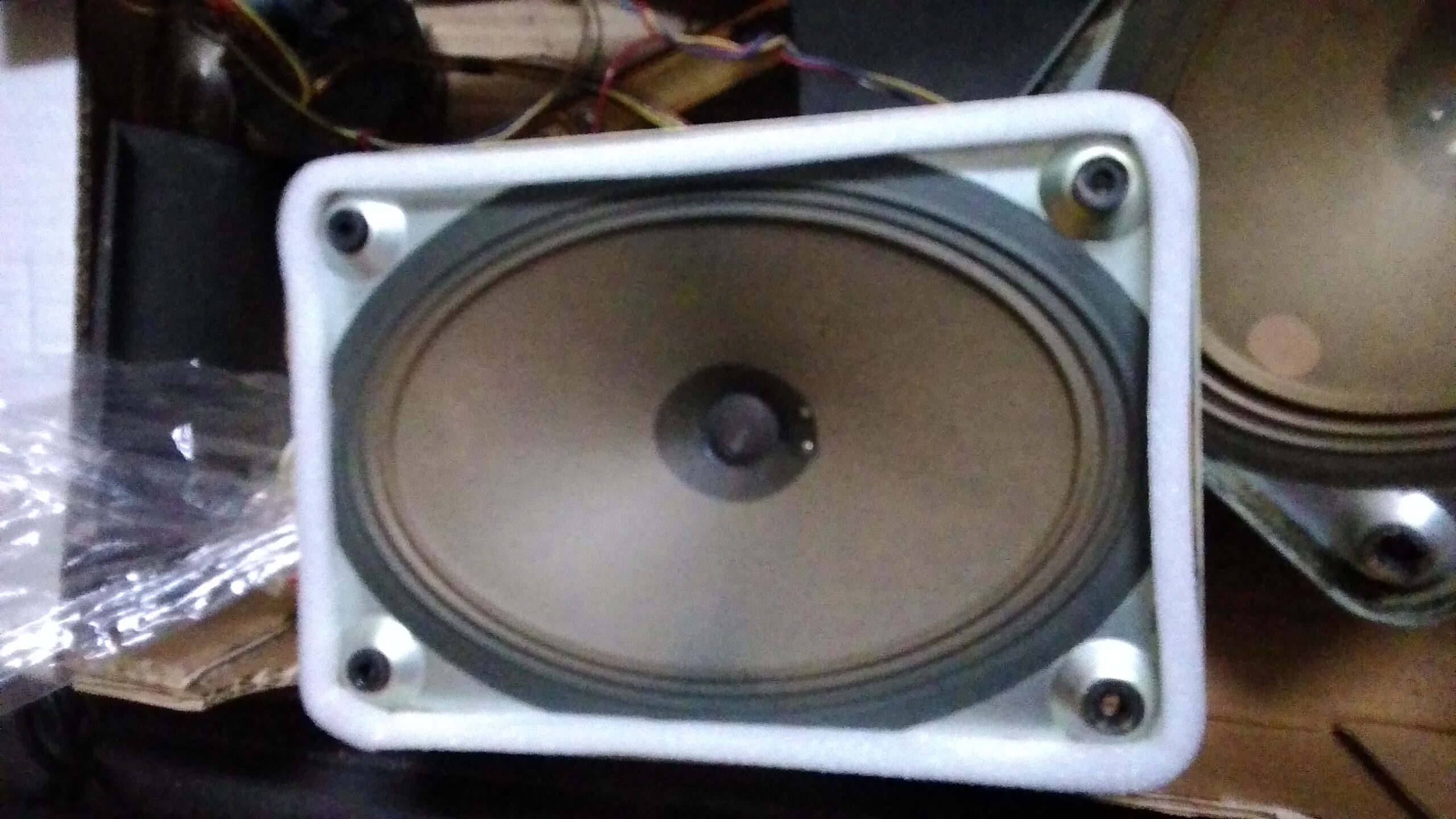
TONE CONTROL WITH LEVEL INDICATION
The tone control system is very efficient. Above the large tone control knobs we find a band that progressively lights up indicating the emphasis given to the band on which it acts.
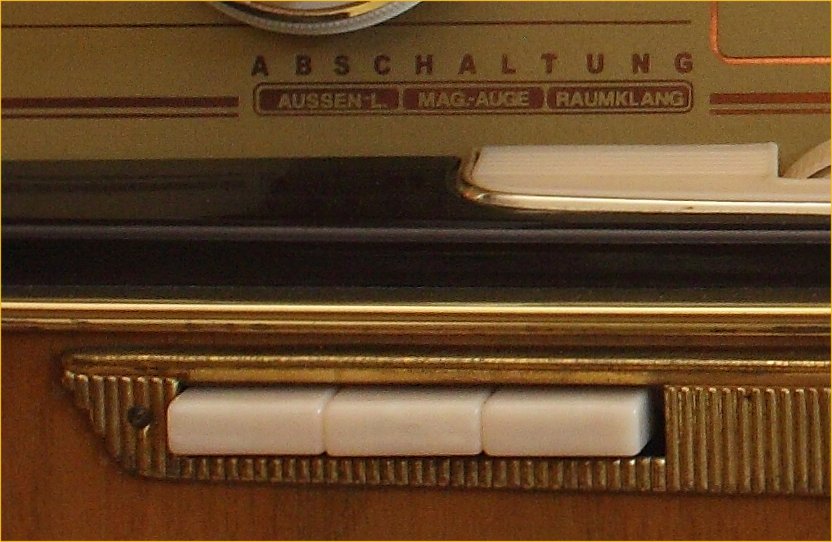

TONE INDICATOR LIGHTING
By pressing any of the keys in the Klangregister group the tone controls are excluded because the frequencies foreseen by the chosen key are enhanced.
For this reason, the lights that illuminated the scale indicating the position of the tone controls are also turned off.
They will turn on again by pressing the Raumklang key and then returning to manual determination of the preferred response curve.
ABSCHALTUNG
Three keys are collected in the Abschaltung (Deactivation) group and are respectively:
Aussen-L(autsprecher) - External speaker
Mag(isches)-Auge - Magic eye
Raumklang - Default music registers
KLANGREGISTER
Three keys are also collected in the Klangregister (Musical register) group, these are very intuitive and are respectively:
Sprache - Voice
Solo - Alone
Orchestra - Orchestra
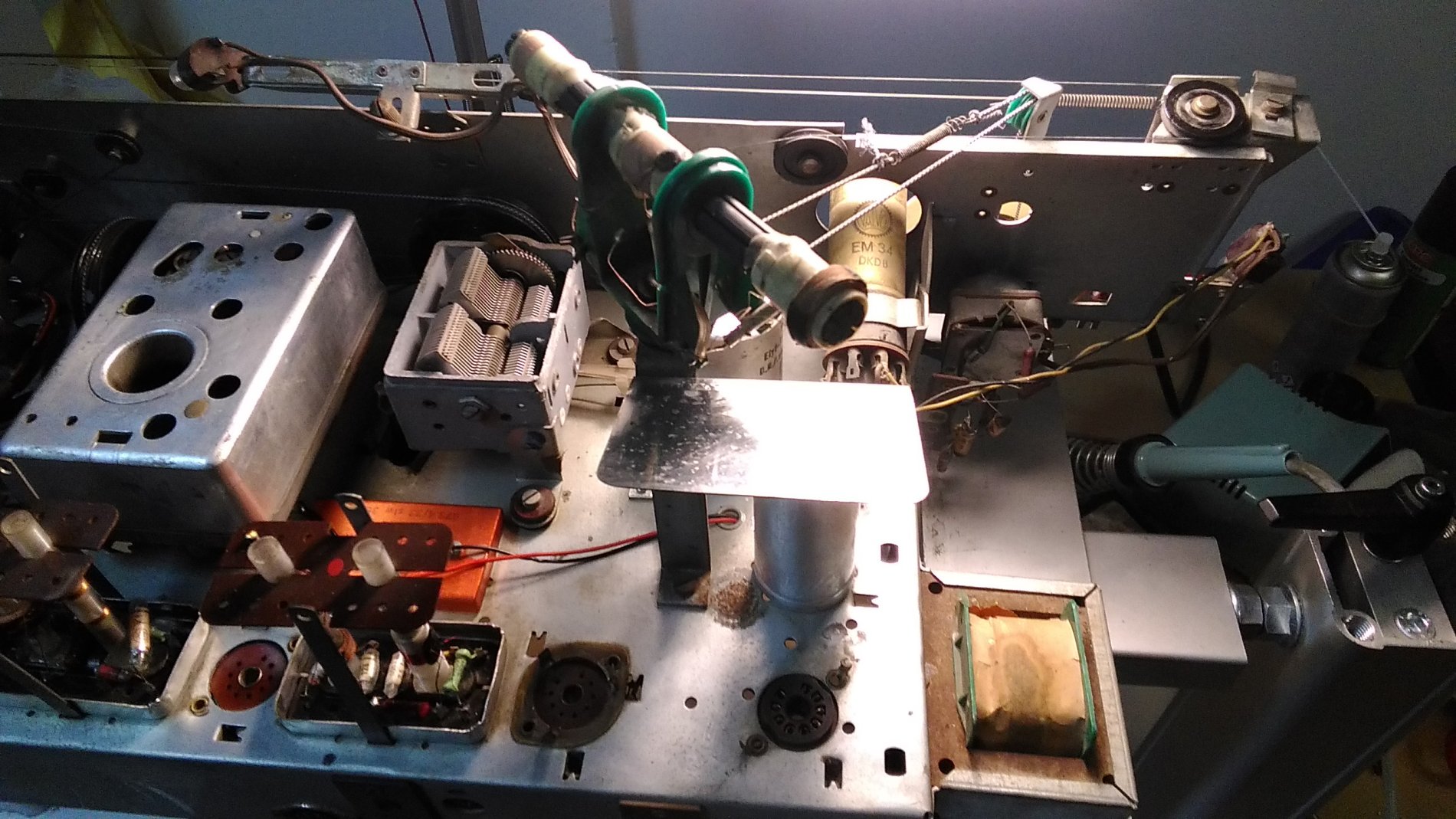
ANTENNA ORIENTATION
Rotating ferrite antenna with window indicating its position.
The ferrite antenna is rotated with the large knob behind the volume knob,
Inside the cabinet there is a dipole for FM reception and an adjustable ferrite antenna for AM reception.
The reception sensitivity with the internal antennas is very good.
SEPARATE TUNING CONTROL BETWEEN AM AND FM
The tuning system is another gem.
The unit is equipped with separate tuning mechanisms for the AM bands and for each of the two FM bands.
There is only one tuning knob but a selector switches on separate cable systems (all steel) and pulleys depending on the band.


TUNING INDICATOR
The magic eye has obviously been replaced.
On the left there is the volume control (with built-in loudness) and axially to this the rotation control of the ferrite antenna.
Above you can see the antenna position indicator.
The magic eye that indicates the perfect tuning of each station.
The AM scale for Long, Medium and Short Waves and the FM scale up to 108 MHz.
Below from the left we find in order the bass control knob, the power buttons, turntable, recorder, the buttons for receive Long Waves, Medium Waves, Short Waves, FM, the treble control knob.
The frequency band involved is indicated when you push each button.
Finally, there is the tuning knob, whose movement is very pleasant as it is supported by a large flywheel.
Below again we find the two large knobs for bass and treble control.
Axial to the tuning knob there is a selector for controlling selectivity in AM.
The registers and the exclusion buttons have been seen previously in detail.
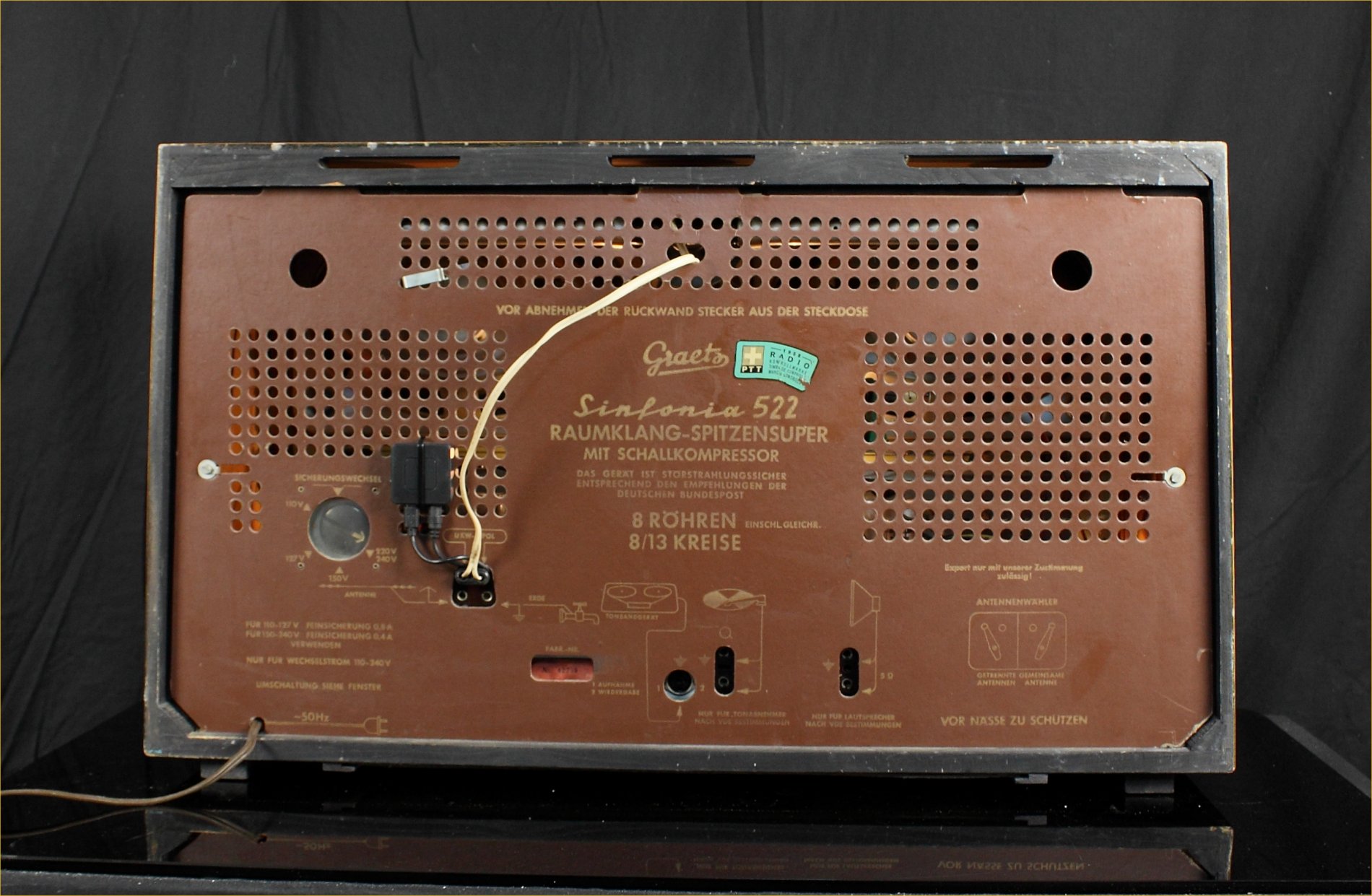
REAR SIDE
External speaker output.
Recorder socket (tonbandgerat).
Turntable input (tonabnehmer)
AM and FM antenna inputs and ground socket.
THE USUAL AMAZING LAST IMAGE
